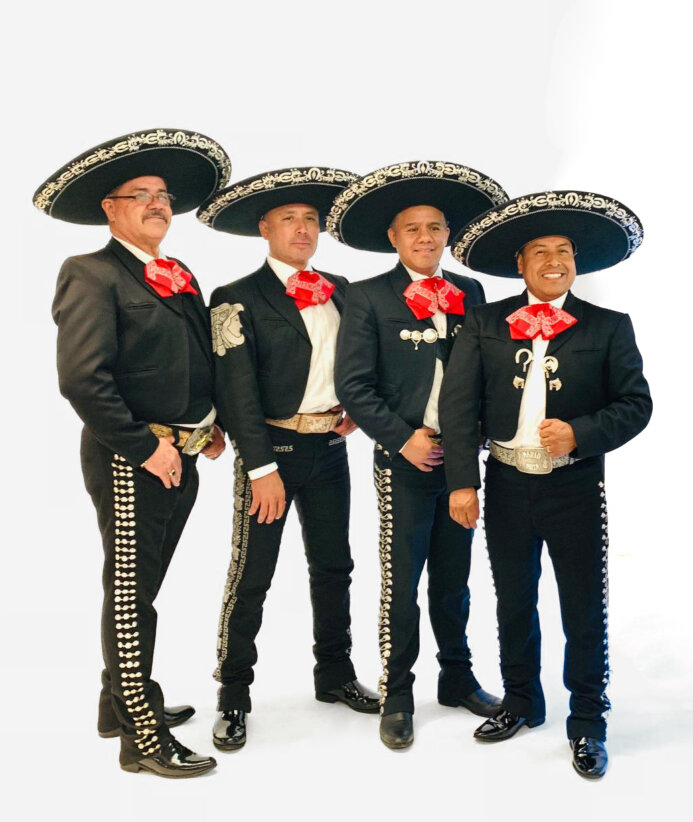I first heard about geocaching a couple of years ago while searching for a summer camp for my 9-year-old son. One of the camp directors I spoke with began extolling the virtues of geocaching, a new activity being offered at her camp. The upshot was that this was a new outdoor activity using the latest GPS technology to find a trove or “cache” of hidden “treasures” secreted in the woods. The cache could contain a miscellany of items placed there for exchange. Being the typical distracted parent on a mission, I oohed and aahed and tried to sound interested. It was all wonderfully interesting, but I just needed to know if my kid could take swimming and archery lessons. A primer on geocaching was not on my agenda that particular day.
Very Cool Indeed
Fast forward to two years and several months later: my son and I are hiking through the wilds of Fahnestock Park, just east of Cold Spring. Joining us is a cadre of boy scouts and their beleaguered parents. Our scout leader, Mr. Z, turns out to be an avid geocacher! Mr. Z announces to the assembled group that we are approaching the first cache on our trek. He produces a device that resembles a cell phone from his well-worn daypack. We all watch intently as Mr. Z holds the device at arm’s length and slowly turns himself as if he were a divining rod. He abruptly stops and declares, “The cache is about 30 feet in that direction.”
My curiosity is piqued. As the boys scurry over rocks and feel around under fallen logs seeking the hidden “cache,” I saunter over to Mr. Z and question him about what’s going on. Mr. Z explains that the device is a GPS (Global Positioning System), specially designed for use in the field. Prior to embarking on our hike, he had gone to his favorite geocaching website and downloaded the coordinates of several nearby geocaches into his GPS. These coordinates were uploaded to the geocaching website by whoever had hidden the cache we were presently seeking. Now he is accessing those coordinates and tracking his position in real time relative to the hidden treasure’s coordinates through the GPS satellites orbiting our planet thousands of miles above our heads. Very cool indeed!
We visited several other cache sites that day and I was amazed at the energy and enthusiasm that these geocache folks poured into their chosen hobby. Each cache was hidden with devious aplomb and many contained little treasures that the boys were excited to find! Rule Number One in geocaching – if you choose to keep an item from a geocache you must replace it with something of equal or greater value or novelty. Geocaches often contain logbooks, which visitors can sign or write clever comments in. The main attraction to geocaching is the hunt, not necessarily finding treasure.
New Spin On An Old Pastime
Geocaching is essentially high tech treasure hunting and was created accidentally over a decade ago, when the Clinton administration decided to unleash the full power of the GPS and allow civilians to access the new, more accurate technology. The father of geocaching is Dave Ulmer, a computer consultant and native of Oregon. When the Feds threw the switch to free up the GPS, Dave decided that he would conduct a little experiment to test the system’s new accuracy. He hid a “stash” of sundry items and posted the coordinates of this stash on the web, inviting all comers to find it. The rest, as they say, is history.
Over the brief years since its inception the terminology has changed a bit: the negative term “stash” was changed to cache. GPS stashing was renamed geocaching. Caches today, are similar to those of earlier days. They run the gamut from wondrous to quirky. They are often stowed away in surplus military ammunition boxes, PVC piping or Tupperware and can include books, CDs, currency, silly bands, toys, charms, photos, notebooks and objects called “hitchhikers.” Hitchhikers can be “travel bugs” or “geocoins,” objects that have a traceable code on them. Hitchhikers are moved from cache to cache and can be traced online once their unique code and new co-ordinates have been uploaded to a geocache database. Today, geocaching occurs literally all over the world, from the crowded streets of central Europe to the frozen wastes of Antarctica and even under the ocean; essentially anywhere a GPS signal and the spirit of adventure can reach.
Caching On
Although geocaching is only 14 years old, it has caught on and is making inroads with campers, eco-tourists and Sunday afternoon hikers. A cache can be placed anywhere and the ingenuity used in hiding a cache can be a thing of beauty. Rule Number Two in geocaching – put it back exactly as you found it. Someone took a lot of time and effort to make that cache hard to find, geocachers respect the effort and strive to maintain the integrity of a cache.
Getting Started
If you want to join the geocache community, search the web for a geocache club in your area. Geocachers are quite enthusiastic and very willing to invite interested newcomers on a hunt. You’ll be able to see the technology at work and learn if it’s something you might want to pursue further.
The Nuts and Bolts
If you decide that geocaching is your thing, then eventually you’ll need to think about purchasing your own equipment and signing up for a membership on a geocaching site. A hand held GPS device can run from $159 to $500. Cost is determined by functionality and display quality. Membership on a site is affordable and can sometimes be free for a basic membership. The best site I found to get a good overview is www.geocaching.com, under Community click on Mid-Atlantic to find groups in New York and New Jersey and on New England for groups in Connecticut. Also see Metro New York Geocaching Society, www.metrogc.org, for other area events.
Rule Number Three in geocaching – get out there and have fun!
Bob Berry is a frequent contributor to Westchester Family and a geocaching enthusiast.









